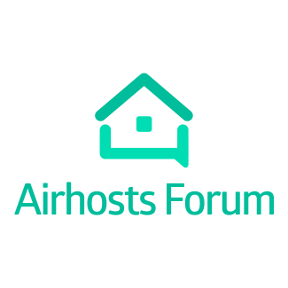Well, I certainly didn’t imply anyone is ‘dumb’ (which, BTW, should not be used as a synonym for ‘stupid’).
I simply sought an explanation rather than to make any assumption.
IF the OP is unclear on what category its rental falls in, the last link I provided shows the steps. If any one of those is confusing then I suggest the OP say that.
Here’s what that says in part:
Accommodation that qualifies as a FHL
To qualify as a FHL your property must be:
- in the UK or in the European Economic Area (EEA) – the EEA includes Iceland, Liechtenstein and Norway
- furnished – there must be sufficient furniture provided for normal occupation and your visitors must be entitled to use the furniture
The property must be commercially let (you must intend to make a profit). If you let the property out of season to cover costs but did not make a profit, the letting will still be treated as commercial.
All your FHLs in the UK are taxed as a single UK FHL business and all FHLs in other EEAstates are taxed as a single EEA FHL business. You will need to keep separate records for each FHL business because the losses from one FHL business cannot be used against profits of the other.
Occupancy conditions
Accommodation can only qualify as a FHL if it passes all 3 occupancy conditions.
How to use the occupancy conditions
For a continuing let, apply the tests to the tax year – that’s from 6 April one year, to 5 April the next year.
For a new let, apply the tests to the first 12 months from when the letting began.
When your letting stops, apply the tests to the 12 months up to when the letting finished.
The pattern of occupation condition
If the total of all lettings that exceed 31 continuous days is more than 155 days during the year, this condition is not met so your property will not be a FHL for that year.
The availability condition
Your property must be available for letting as furnished holiday accommodation letting for at least 210 days in the year (140 days for the tax year 2011 to 2012 and earlier).
Do not count any days when you’re staying in the property. HMRC does not consider the property to be available for letting while you’re staying there.
The letting condition
You must let the property commercially as furnished holiday accommodation to the public for at least 105 days in the year (70 days for the tax year 2011 to 2012 and earlier).
Do not count any days when you let the property to friends or relatives at zero or reduced rates as this is not a commercial let.
Do not count longer-term lets of more than 31 days, unless the 31 days is exceeded because something unforeseen happens. For example, if the holidaymaker either:
- falls ill or has an accident, and cannot leave on time
- has to extend their holiday due to a delayed flight
If you do not let your property for at least 105 days, you have 2 options (known as elections) that can help you reach the occupancy threshold:
- the averaging election – if you’ve more than one property
- a period of grace election – if your property reaches the occupancy threshold in some years but not in others

 for STRs but I do have long term rentals under property income.
for STRs but I do have long term rentals under property income.